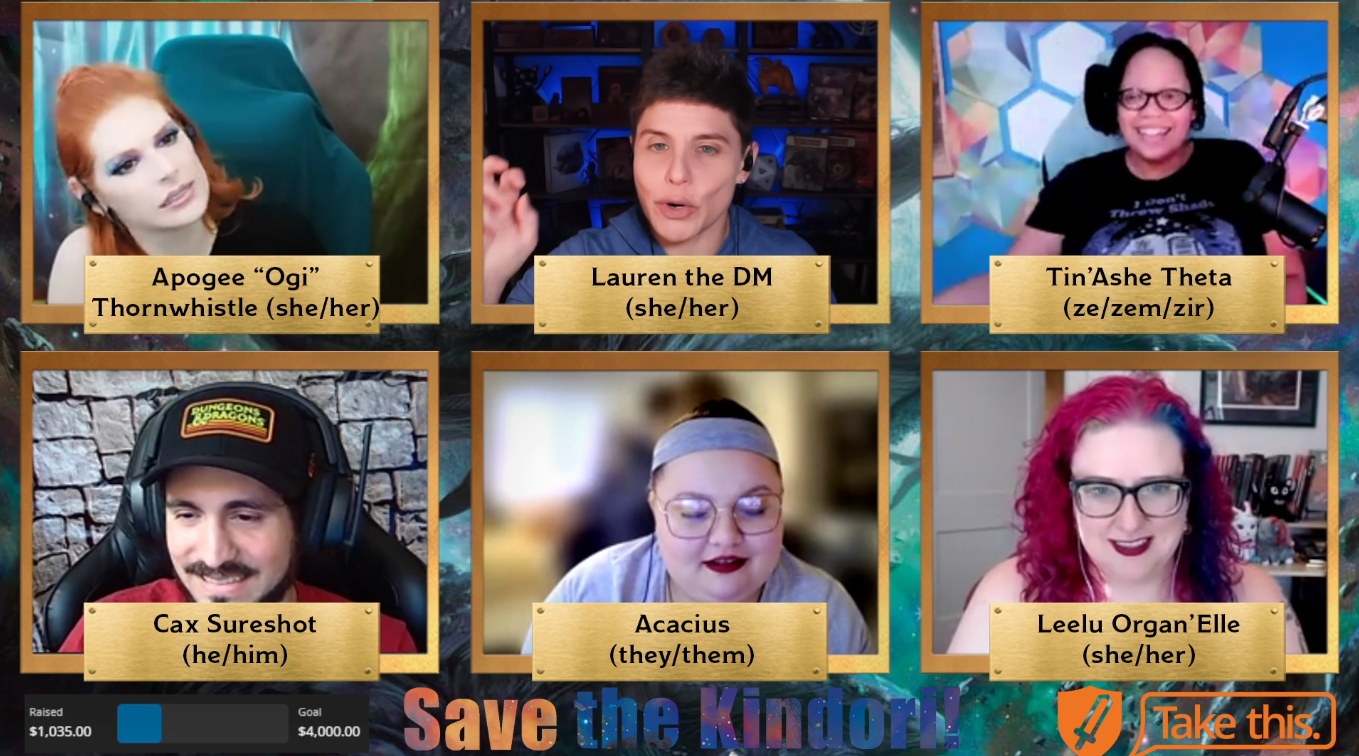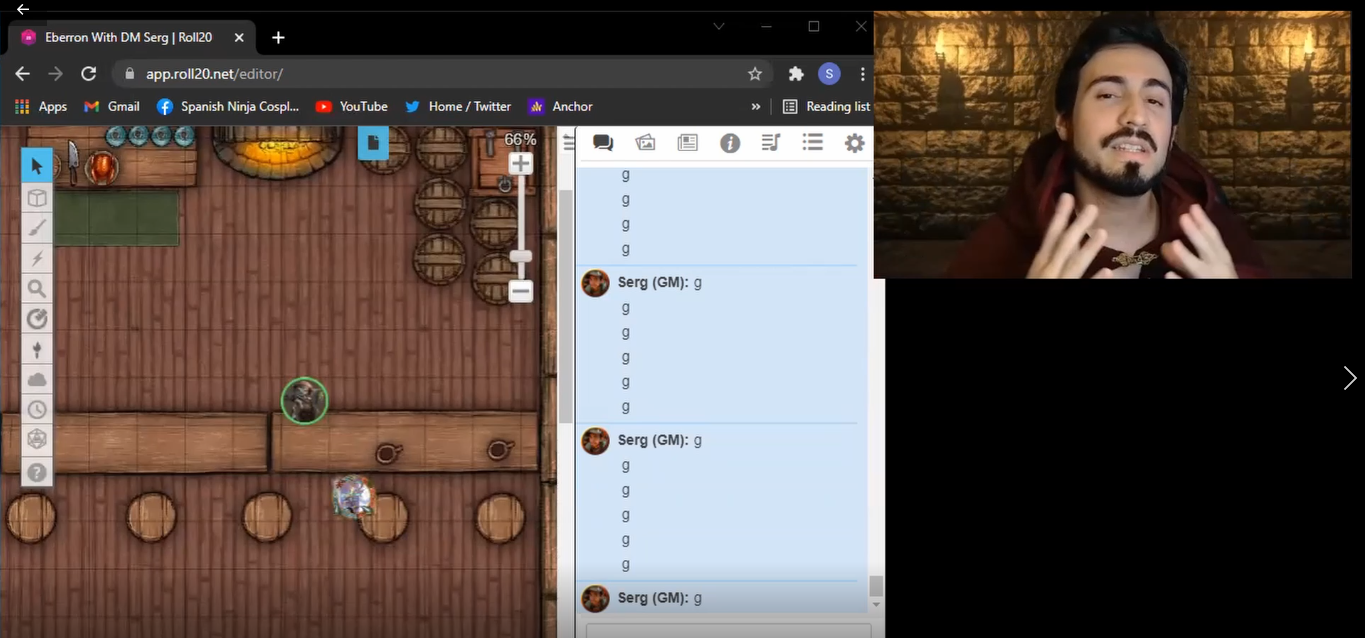Zoom made quite a name for itself during the height of global lockdowns as business and schools needed a large-scale remote communication method. Zoom already had its foot in the door when it came to conference calls, and its simple interface proved a selling point for getting people of all experience levels online and chatting. Now, Zoom can also provide you with a platform to host remote Dungeons & Dragons games.
Zoom is a great choice for any tabletop RPG, really, as it puts the focus on faces. A Zoom window can be placed side-by-side with your browser that’s displaying Roll20 or another VTT, but that’s not necessary. You could just as easily play with Zoom alone, and the GM can take advantage of screen sharing to display key images. This works perfectly for games like Ten Candles or Monster of the Week where player interaction is the highlight.
To see how well Zoom works for TTRPGs, check out some games from our StartPlaying GMs. And if you want to know more, here’s how to use Zoom to play your RPGs.
Zoom Pro
The most essential thing you need for hosting TTRPGs on Zoom is a Zoom Pro or Business account. Without one, you can only host a group call for 40 minutes before being kicked off. Your group could just take turns hosting calls to get around this restriction, but that will get annoying soon as the call is bound to end during a heated roleplay moment. If you happen to be a pro GM, being able to host your group for a full session is a must.

Fortunately, many people got an upgraded Zoom account from their jobs or school during the height of the pandemic. Someone in your group will likely have Zoom Pro or Business from this, and it won’t be a major issue. If you want to buy it yourself, plans start at $14.99 a month.
Hosting A Zoom Call
Starting a Zoom call is as easy as sending a link to participants. You can even schedule the call in advance, allowing you to send an email reminder with the link attached. This is great for GMs that like to be organized and those that need to wrangle forgetful players.
Being the Zoom call host gives you quite a few special features, which is why it’s better for the GM to host. As host, you have certain abilities to control what the other participants see and hear. Obviously you don’t want to silence players and take away their agency, but you can mute callers and open chat windows to make room for scene-setting monologues or private roleplay as needed.
The Power Of Zoom Breakout Rooms
Those who need to use Zoom for class or work recognize Breakout Rooms. This feature allows the host to split up call participants into separate, private chat groups. When used in professional or academic spaces, Breakout Rooms help organize seminars or group projects. For TTRPGs, Breakout Rooms create space for immersion. Suddenly, two players can actually have that private roleplay moment. Or a player can pull the GM aside to discuss something that’s making them uncomfortable. Breakout Rooms also help the GM manage one of the most fun aspects of a game: splitting the party. Now, the two parties can actually be at the same “table” but still be unaware of what dangers might befall the rest of their team. See this article on how to enable and organize Breakout Rooms.
Virtual Backgrounds Add Fun And Immersion

One last bit of fun that Zoom adds to your games is the Virtual Background. This function lets you pick an image from your computer and use it as your video background. Cutting out distractions like a boring white wall or kids running around behind a player can do a lot for immersion. You can also fully commit to the TTRPG aesthetic by giving yourself a background like a dungeon wall, spaceship cockpit, or hellfire. Virtual Backgrounds are part of the basic package, as well, so no one has to feel left out for not having Zoom Pro.
To set a Virtual Background, just save a jpg of the image you want. Then go to “Background & Effects” on Zoom’s settings menu. Hit the plus sign, find your desired image, and then select it from the menu to be your new background. In the video settings, you’ll also find options to put a nice filter on your appearance, compensate for low lighting, and more.
Hope this helps, now get out there and StartPlaying!











